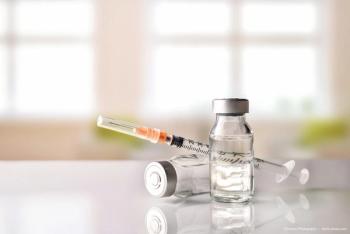
Aspheric intraocular lens deliver stability, low posterior capsule opacification risk
Results of a study comparing 1- and 3-piece models of the anterior surface modified prolate hydrophobic acrylic IOL show excellent capsule bag performance of both implants.
The one-piece design, however, was associated with significantly less tilt and decentration, said Oliver Findl, MD, MBA, at the annual meeting of the American Society of Cataract and Refractive Surgery.
"Good capsule bag performance with axial stability to maintain refractive outcome, conformation to the capsular bag to minimize centration and tilt, and a low rate of posterior capsule opacification (PCO) are requirements for a perfect IOL," said Dr. Findl, chief, department of ophthalmology, Hanusch Hospital, Vienna; the Vienna Institute for Research in Ocular Surgery, Austria; and consultant ophthalmic surgeon, Moorfields Eye Hospital, London.
The one-piece lens is constructed of the same hydrophobic acrylic material used for a previous lens (Sensar, AMO). It features a 6-mm aspheric prolate optic with a 360° sharp edge and an offset haptic design.
"The haptic design confers three-point fixation that is said to result in constant capsular contact and increased IOL stability, and there is early contact between the sharp optic edge and the posterior capsule that limits lens epithelial cell migration," Dr. Findl said.
Newsletter
Don’t miss out—get Ophthalmology Times updates on the latest clinical advancements and expert interviews, straight to your inbox.



















































.png)


